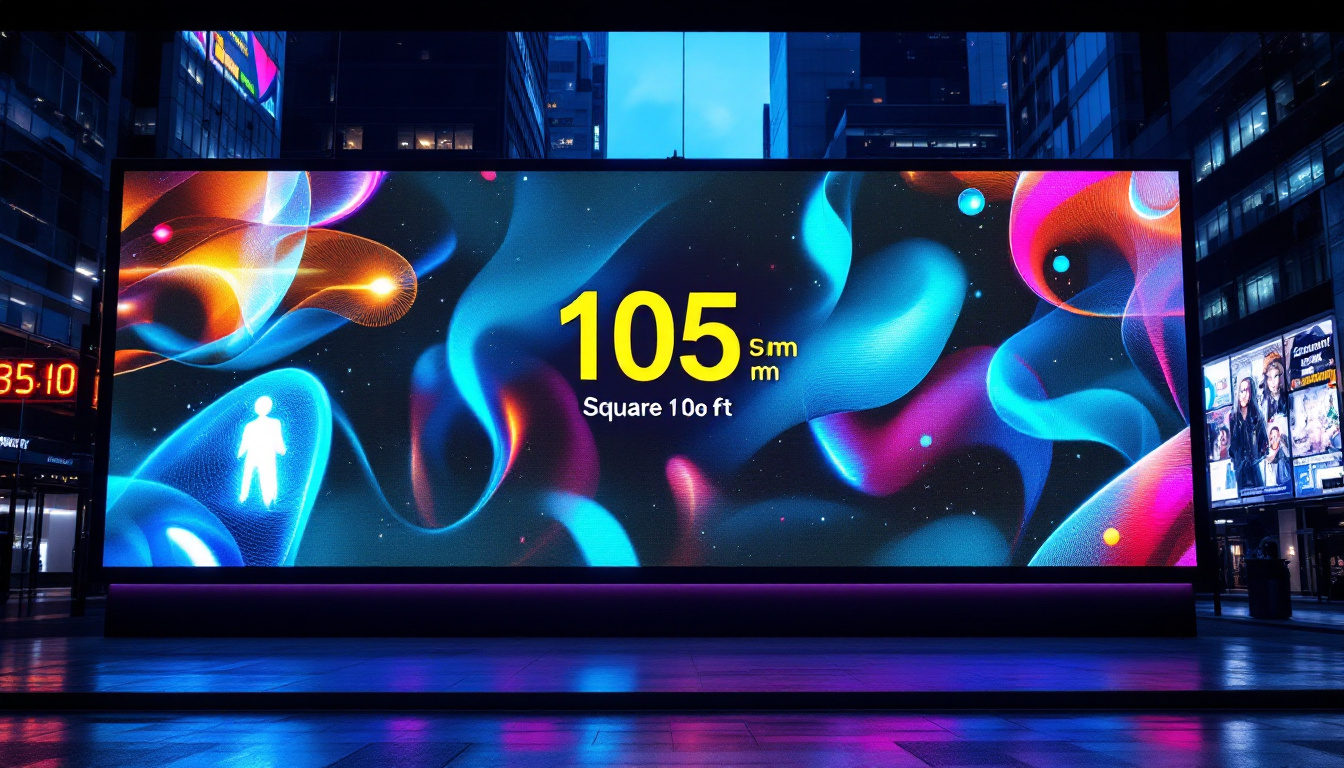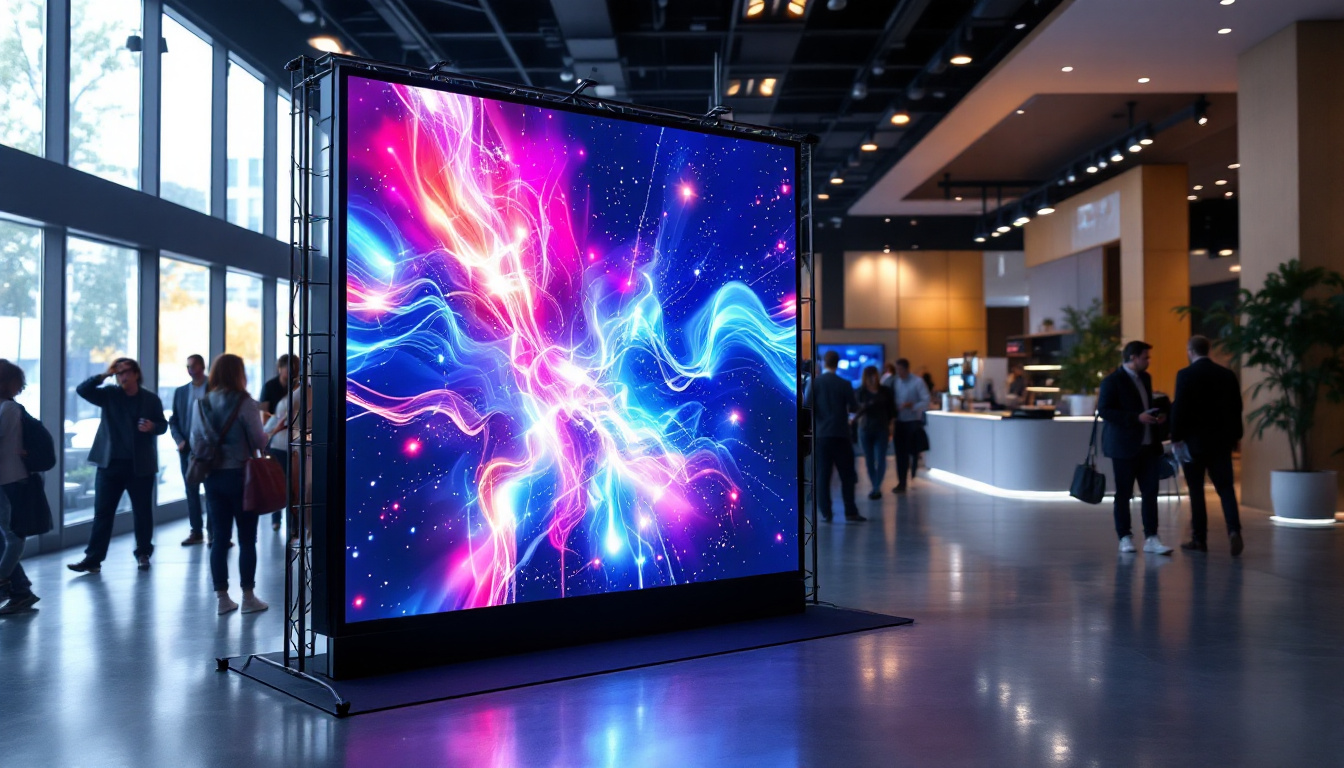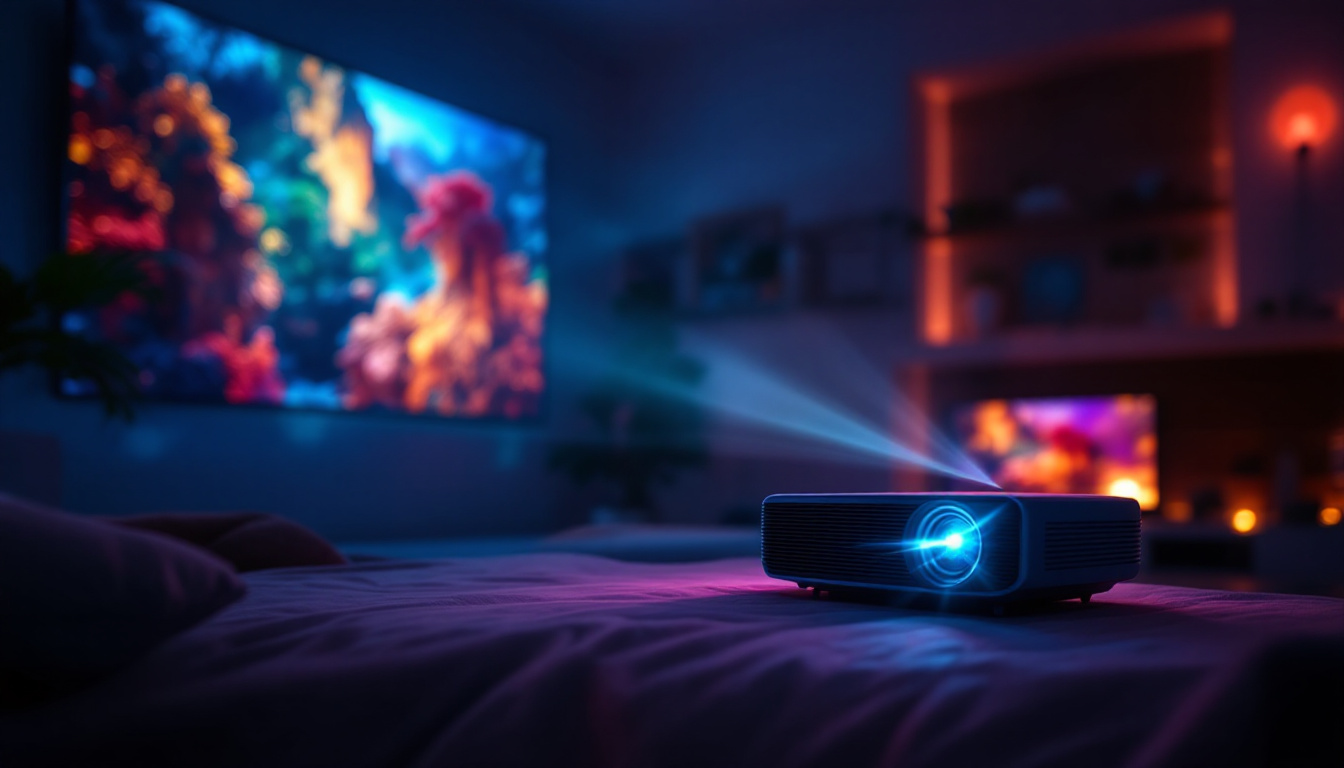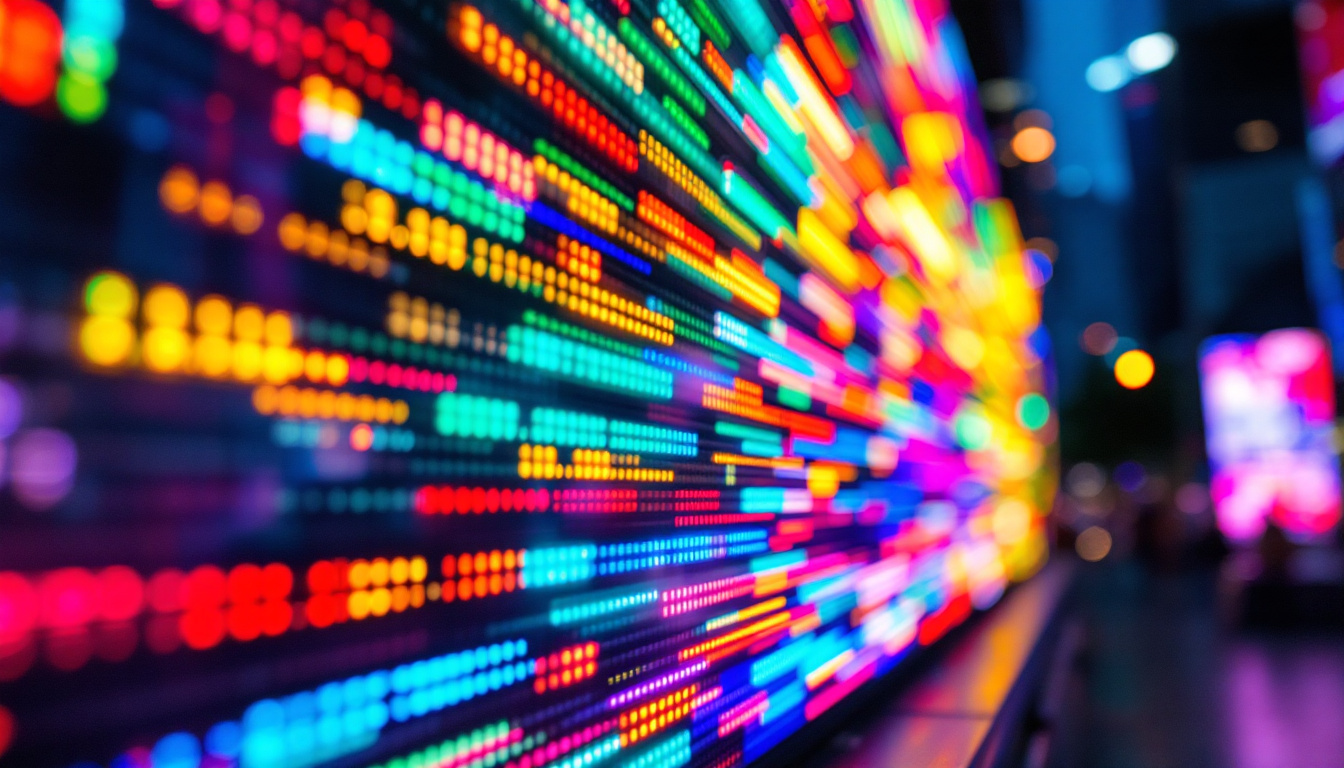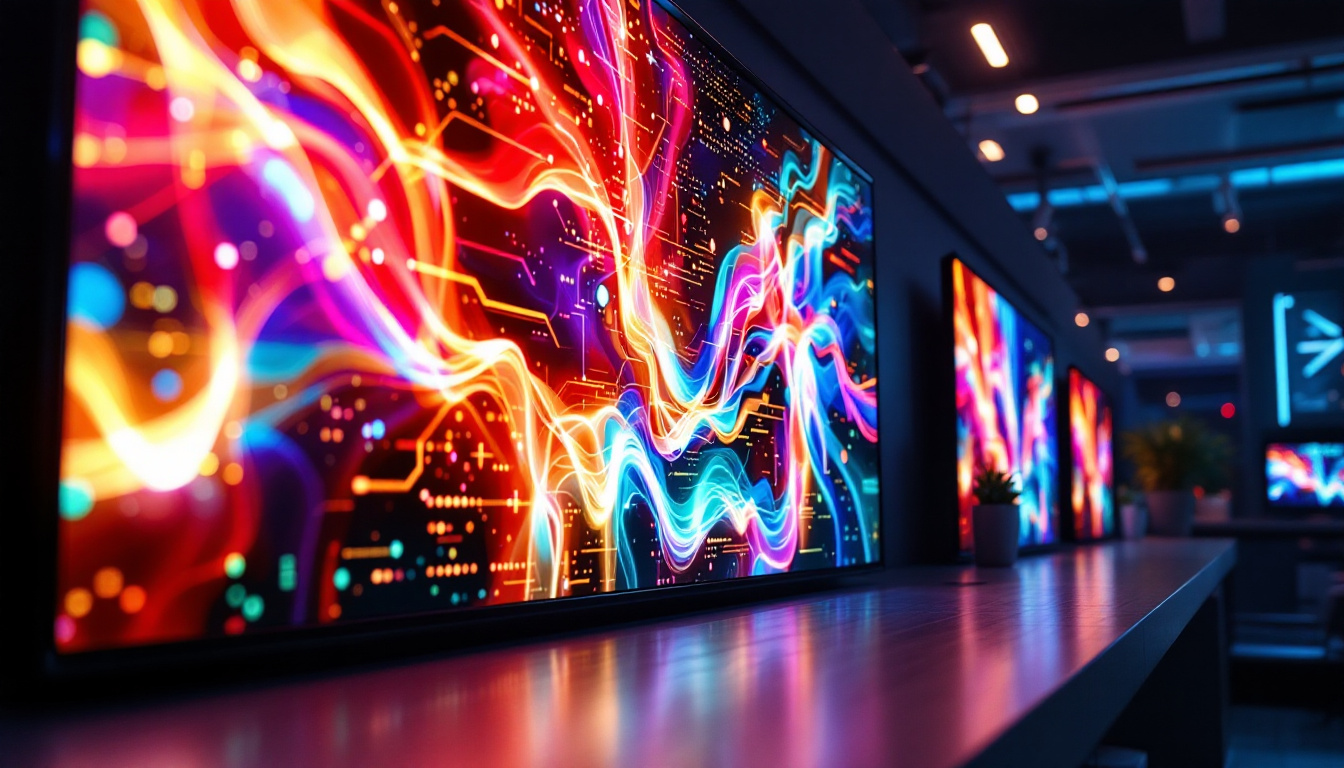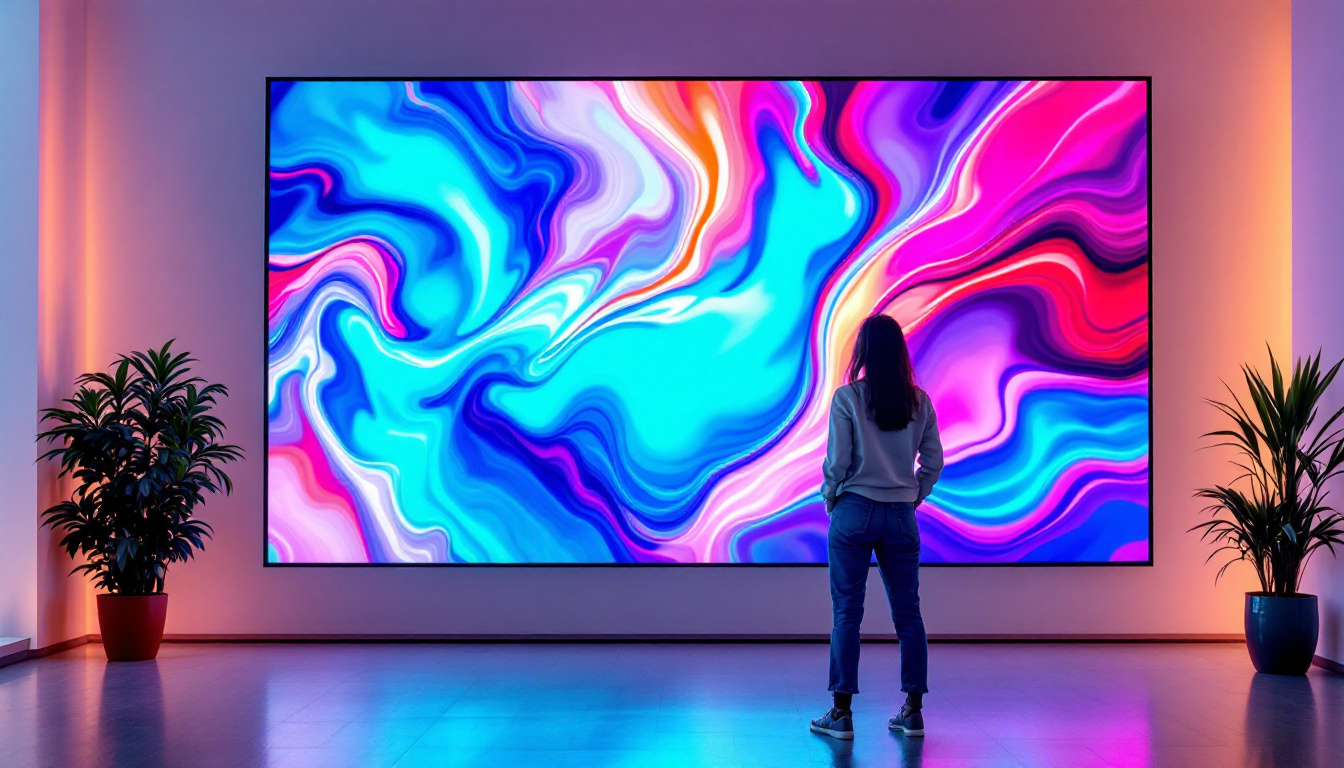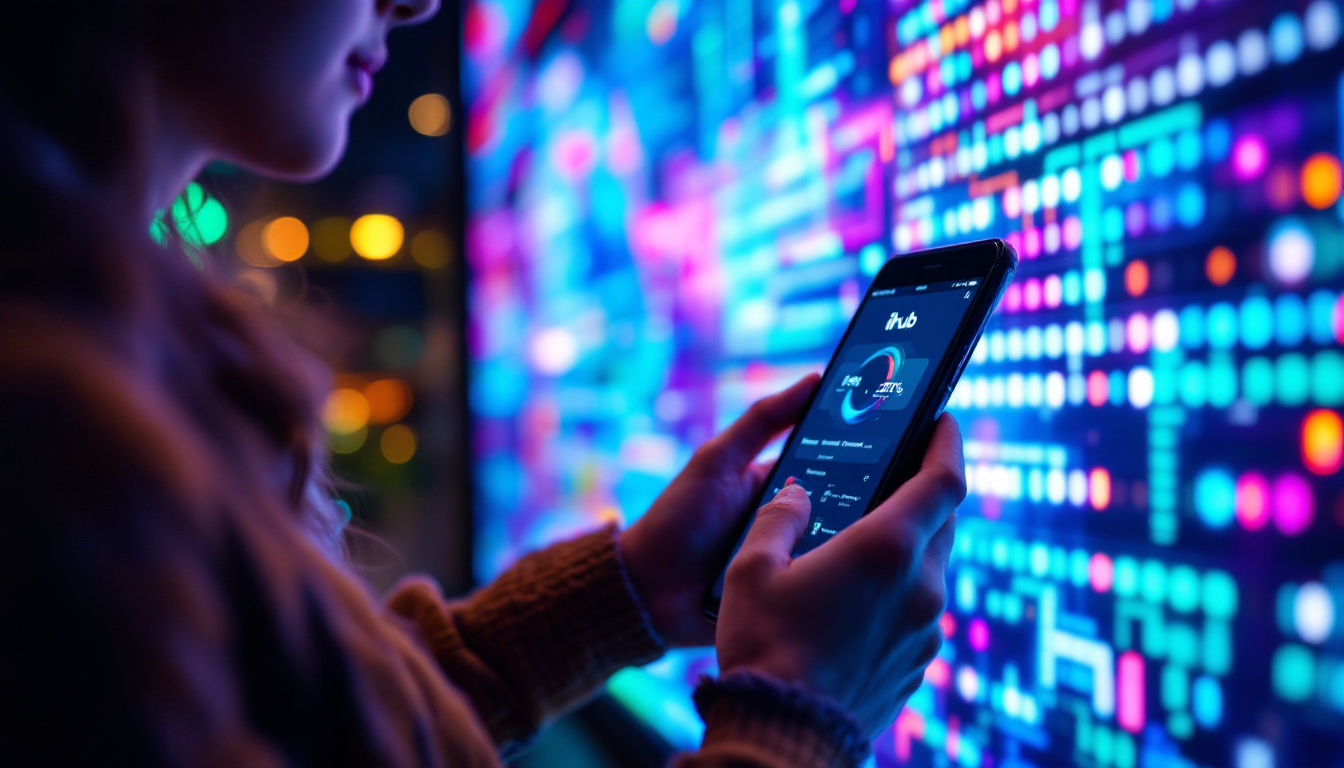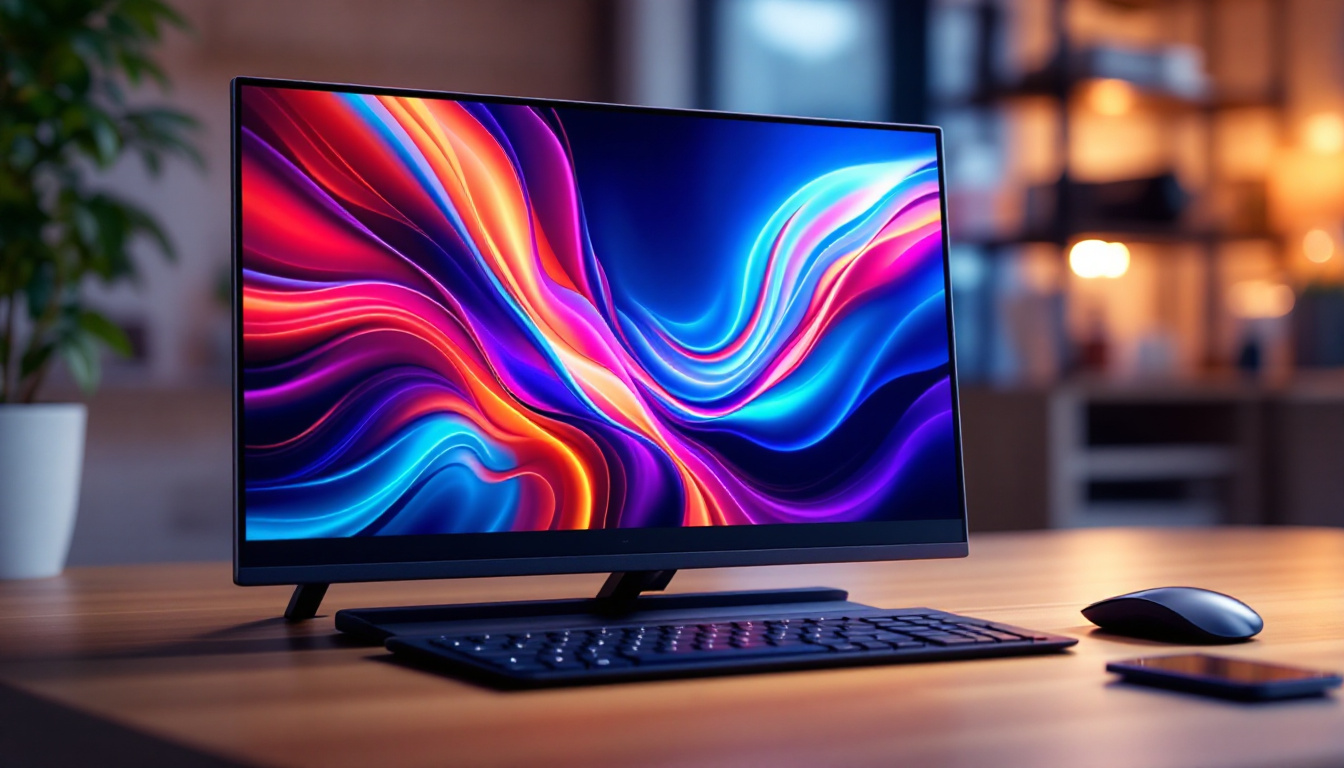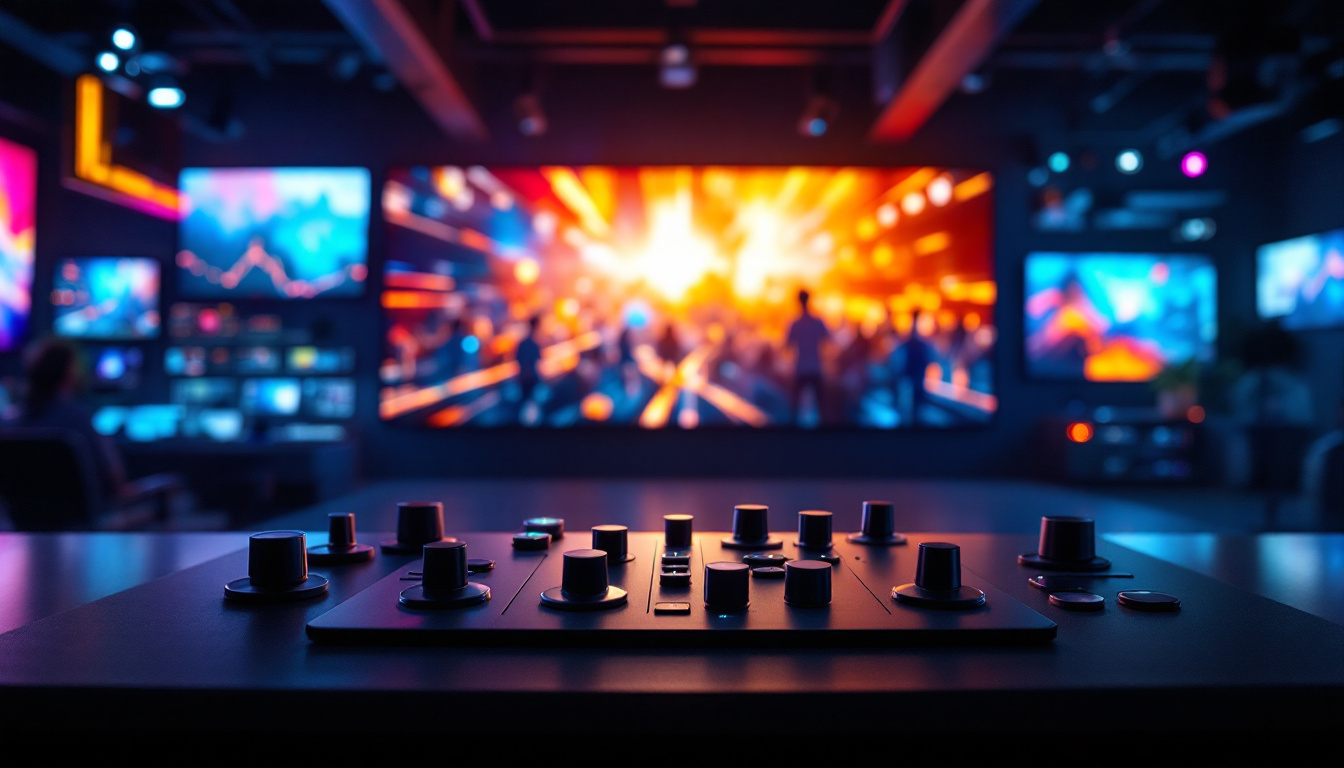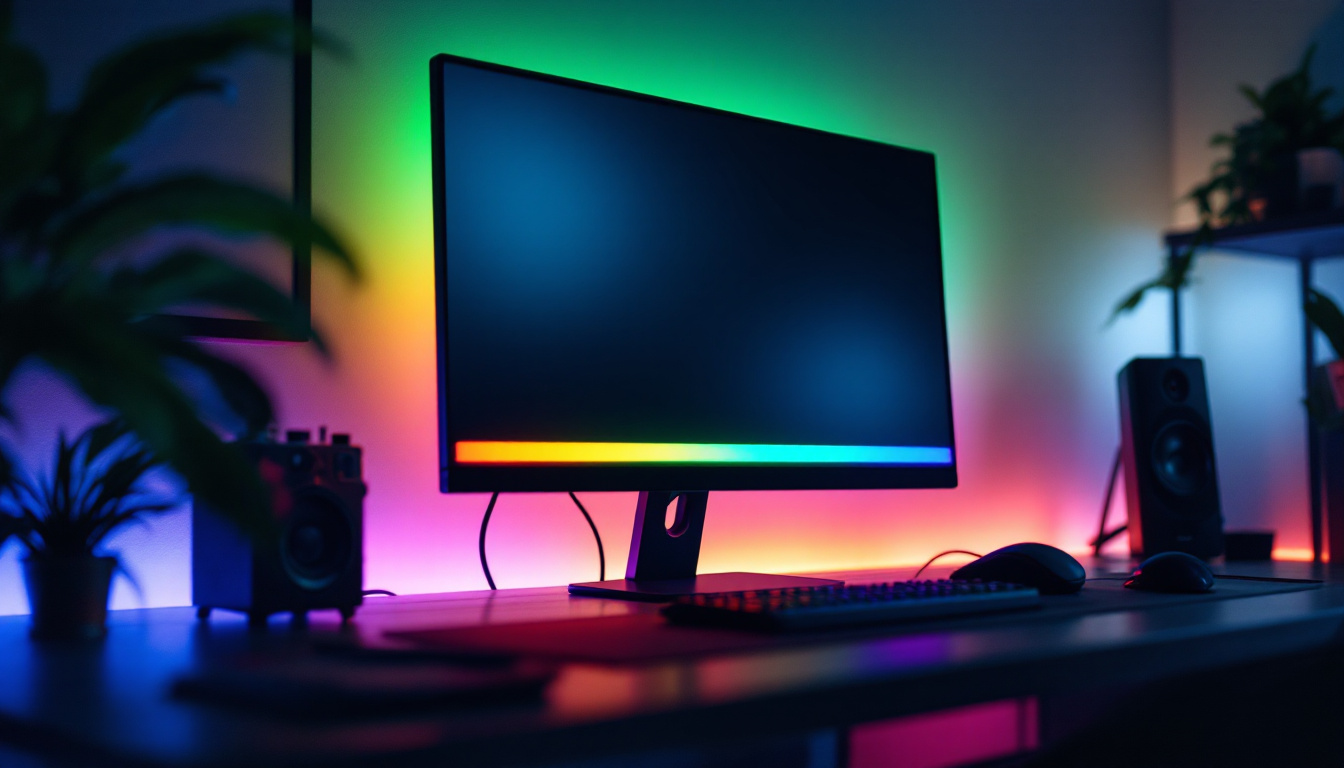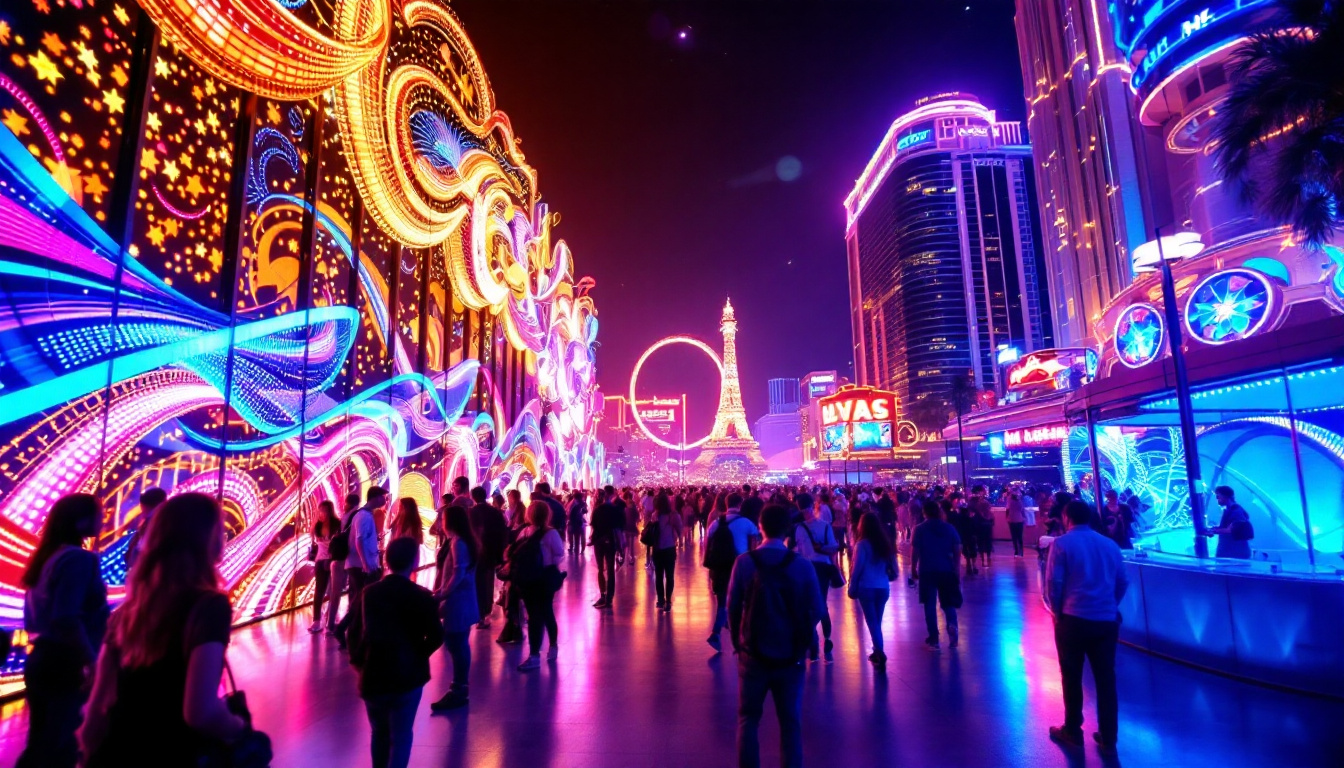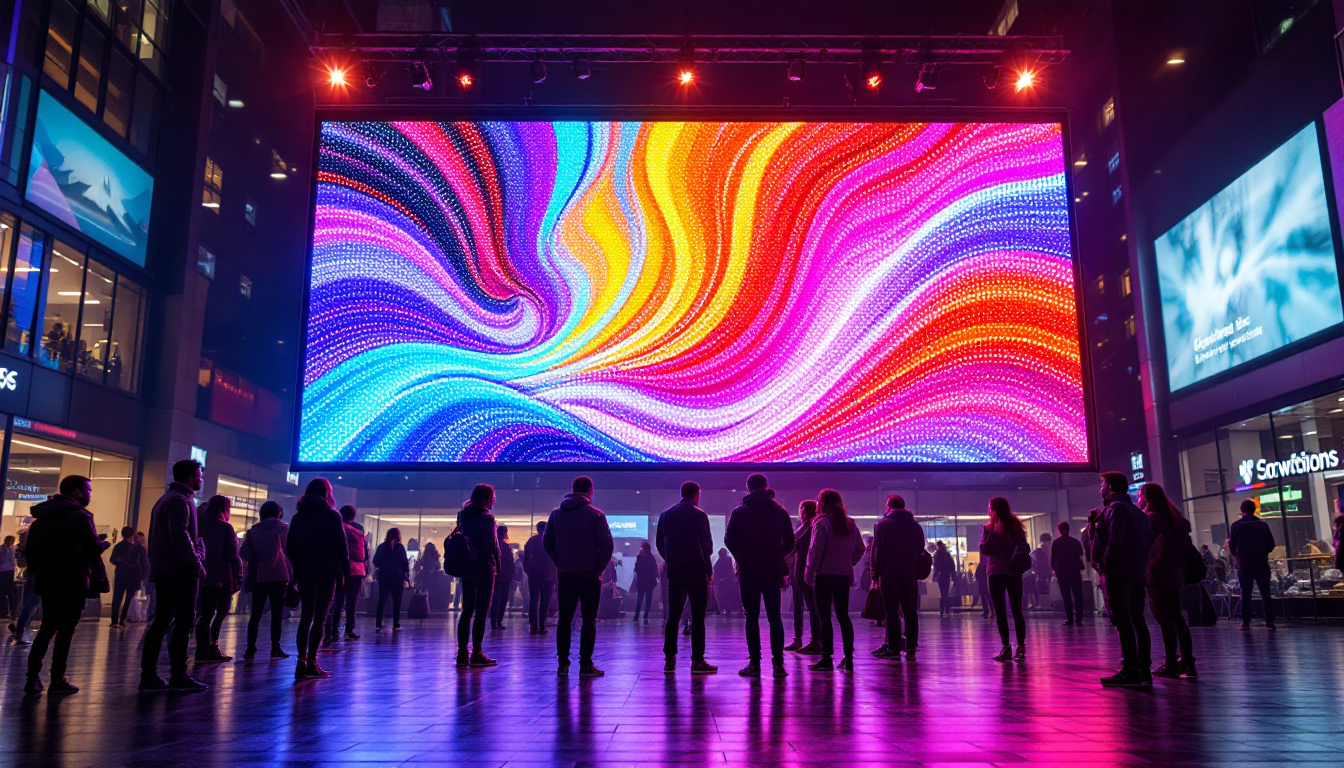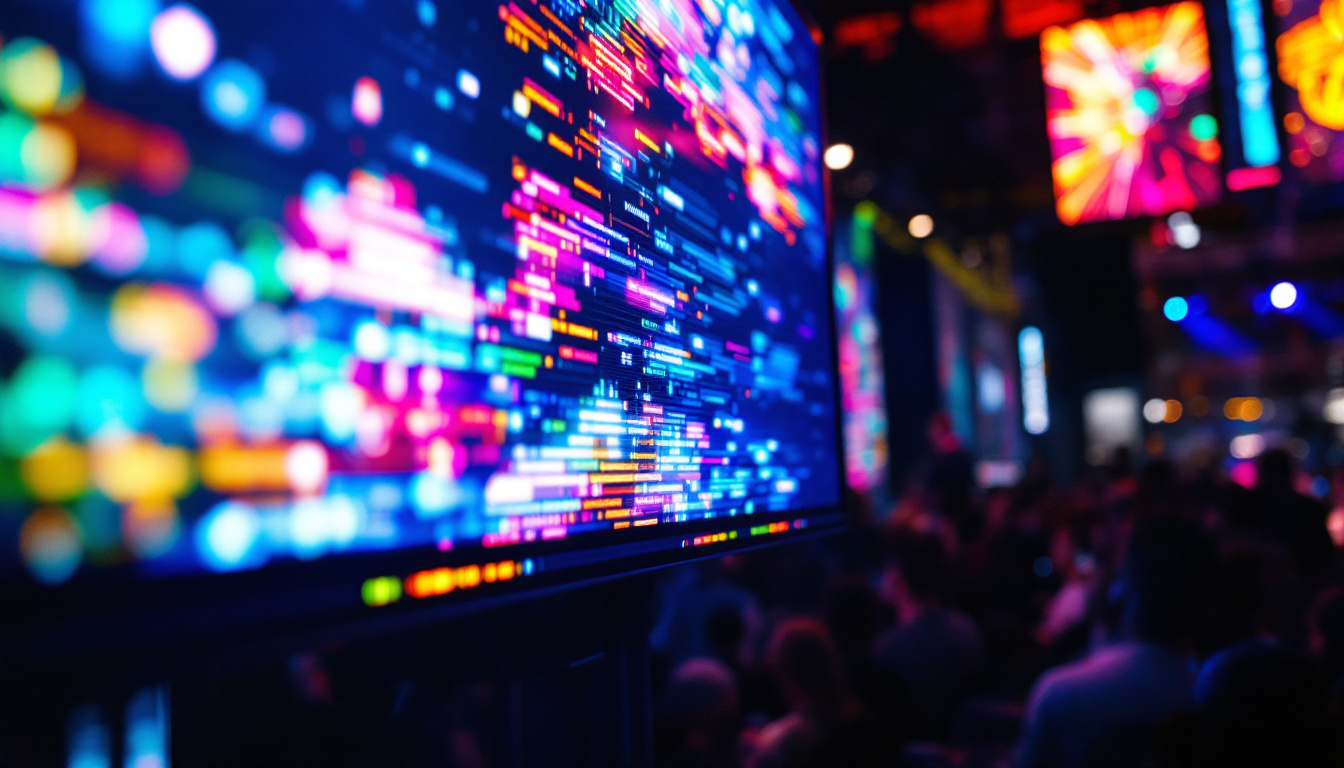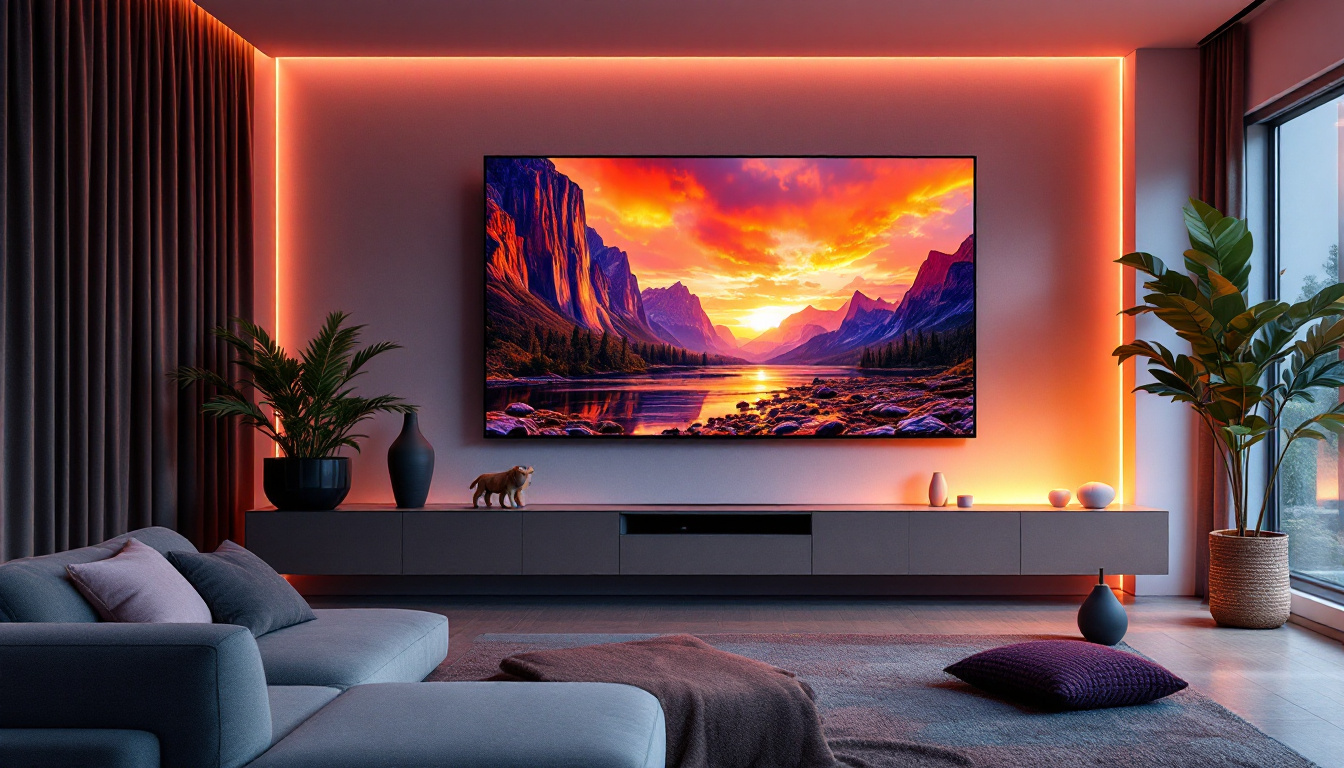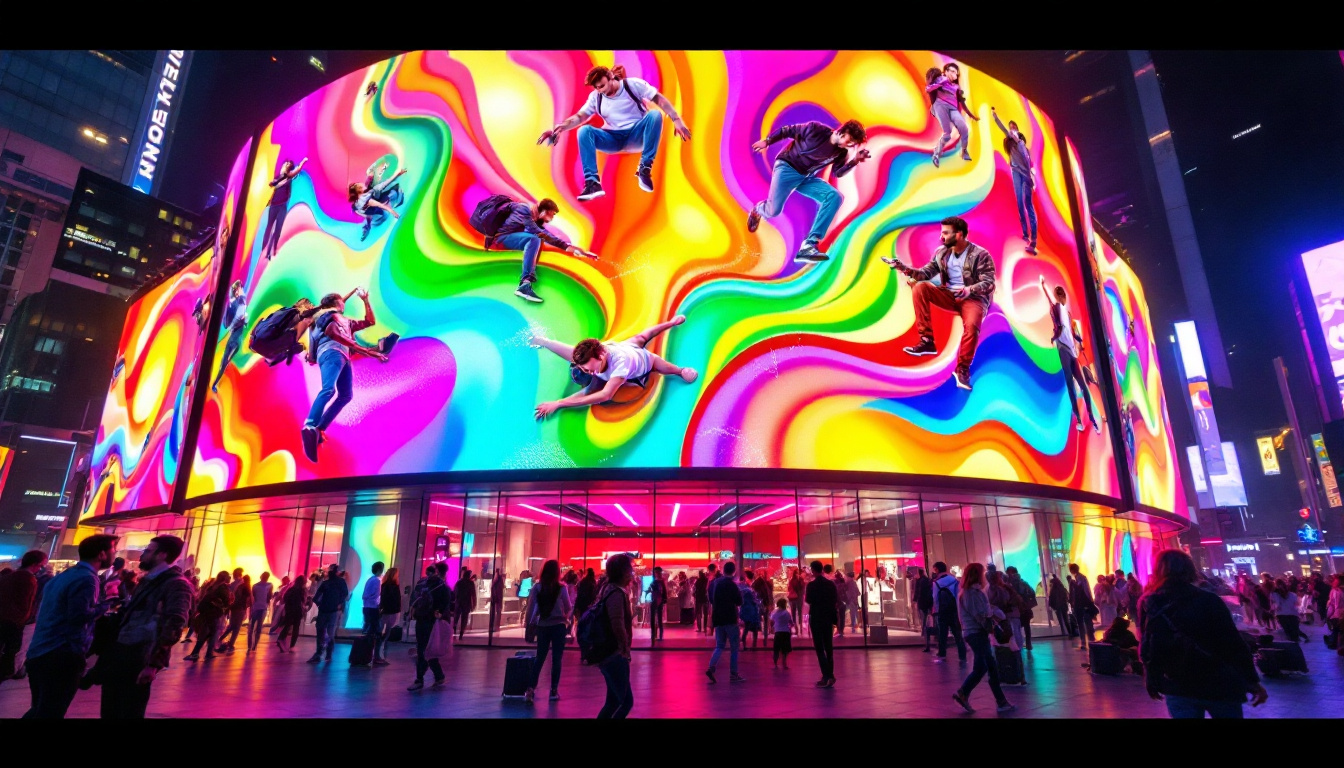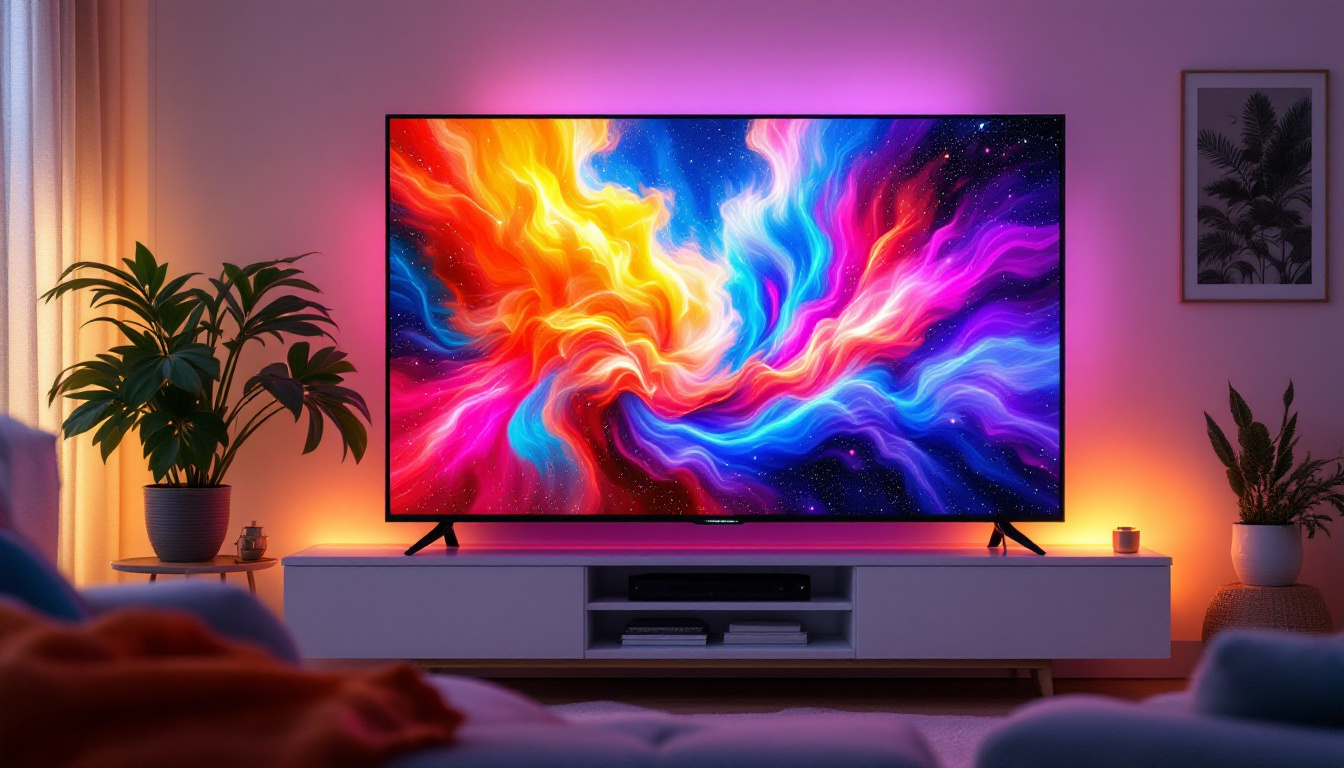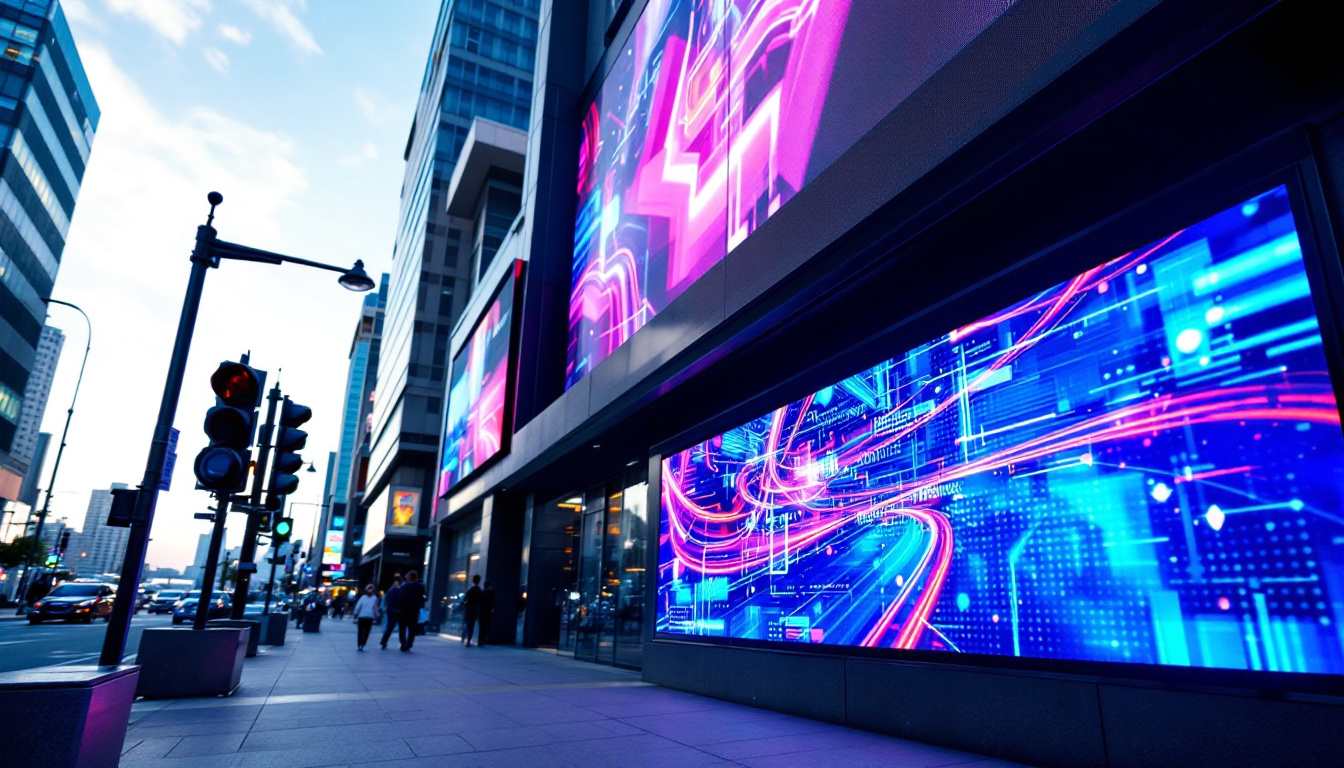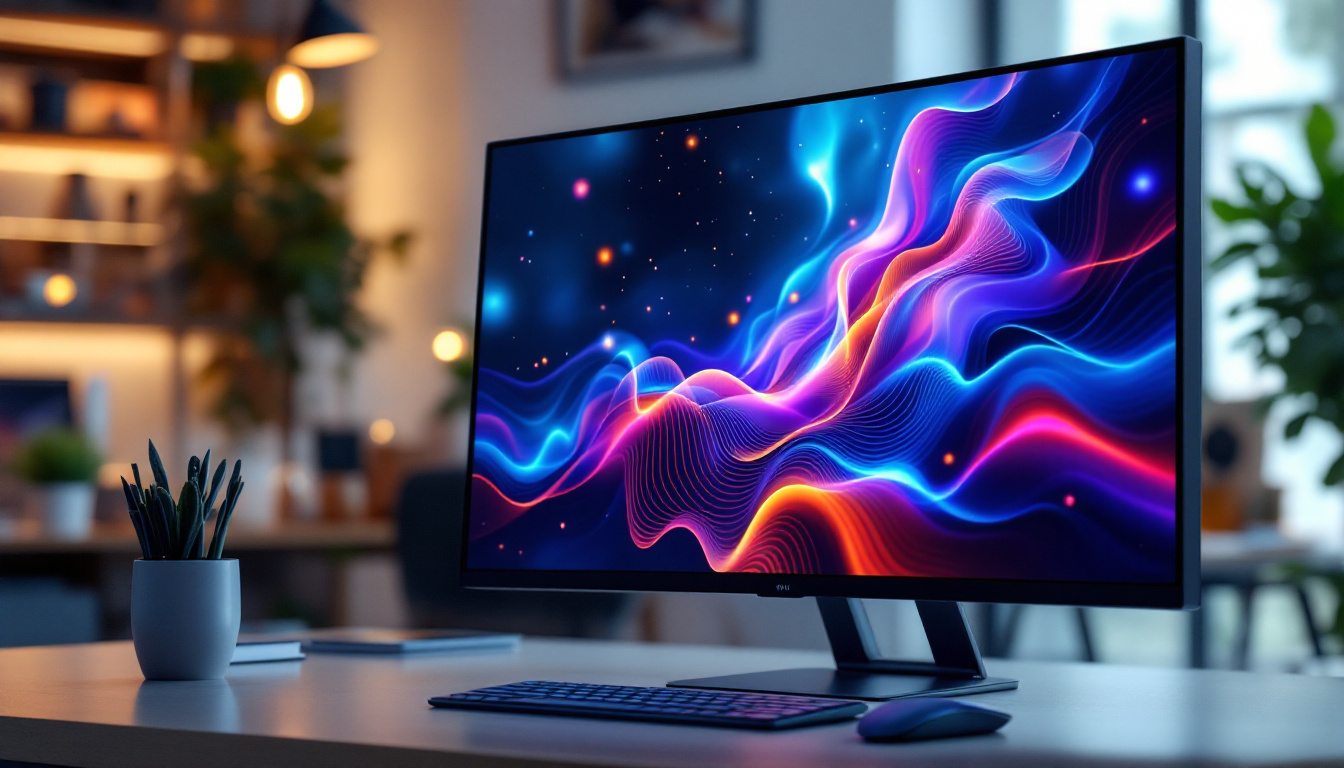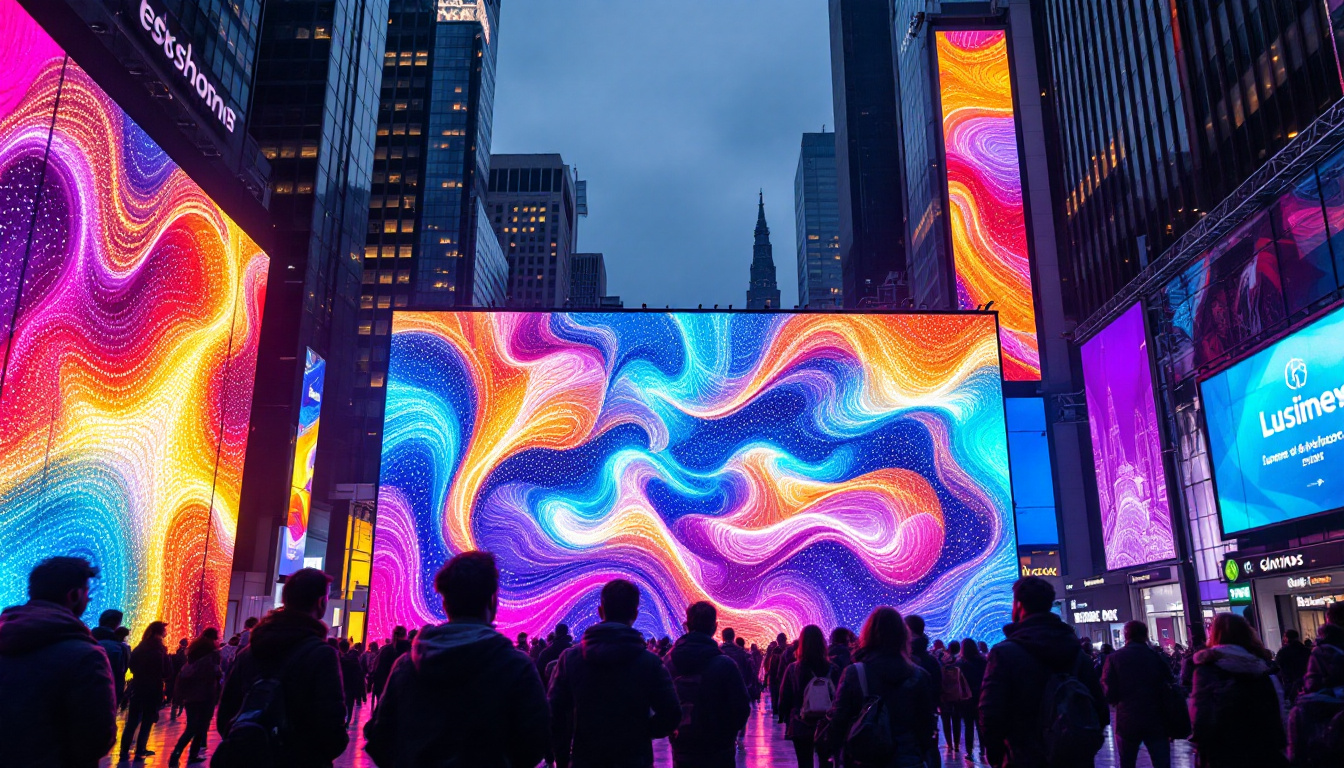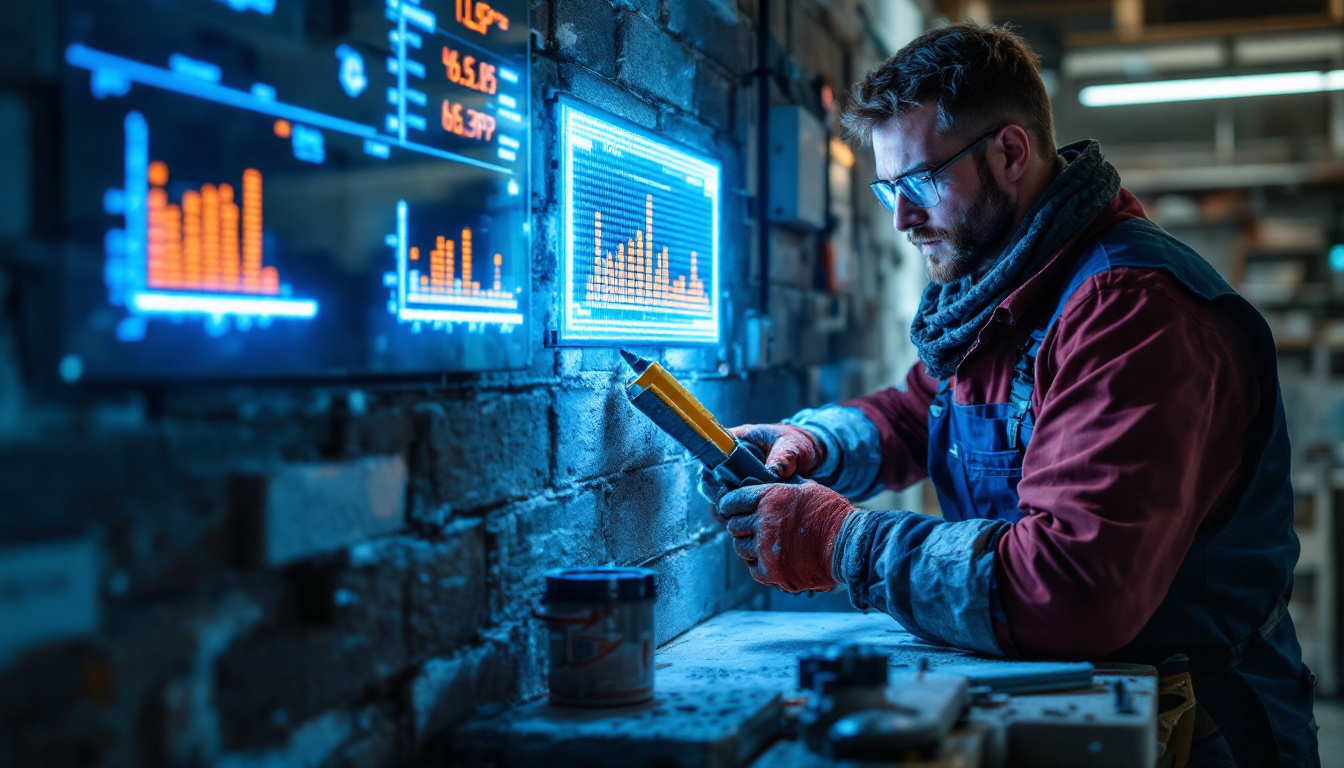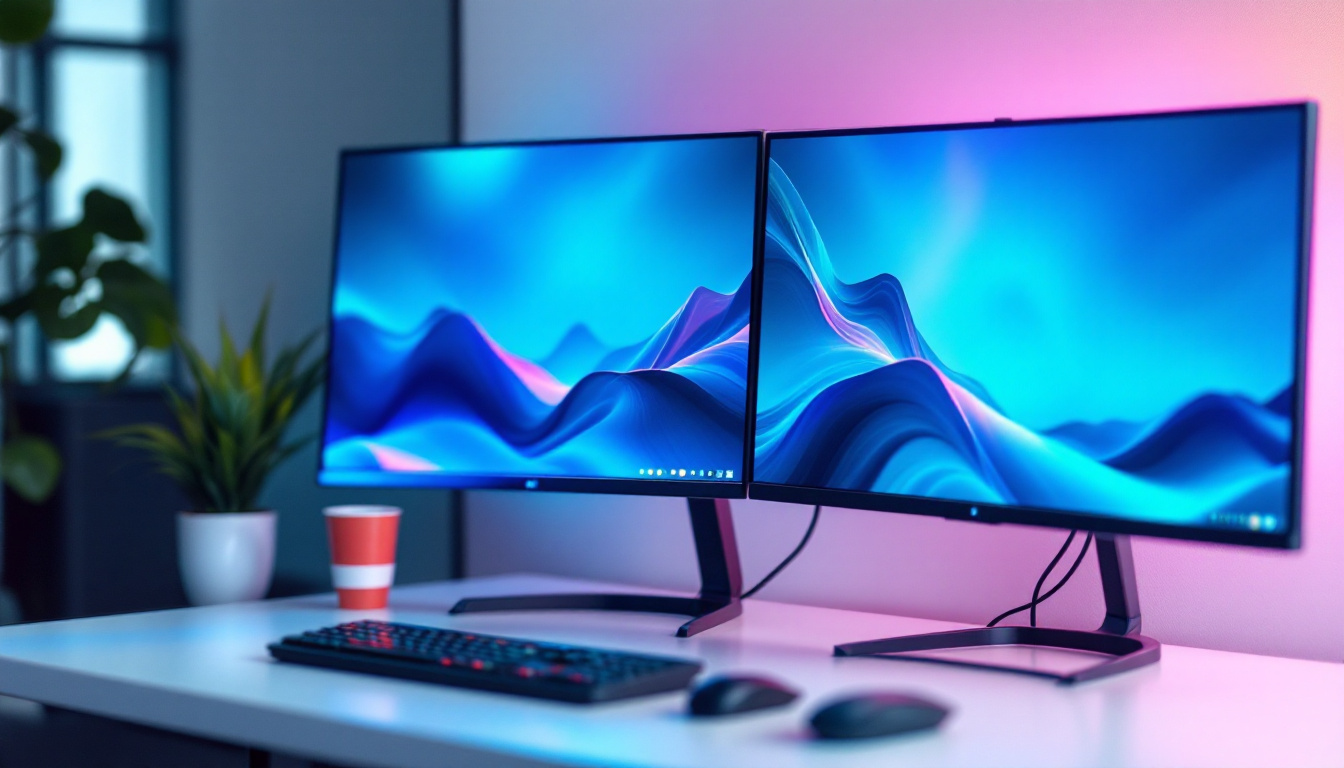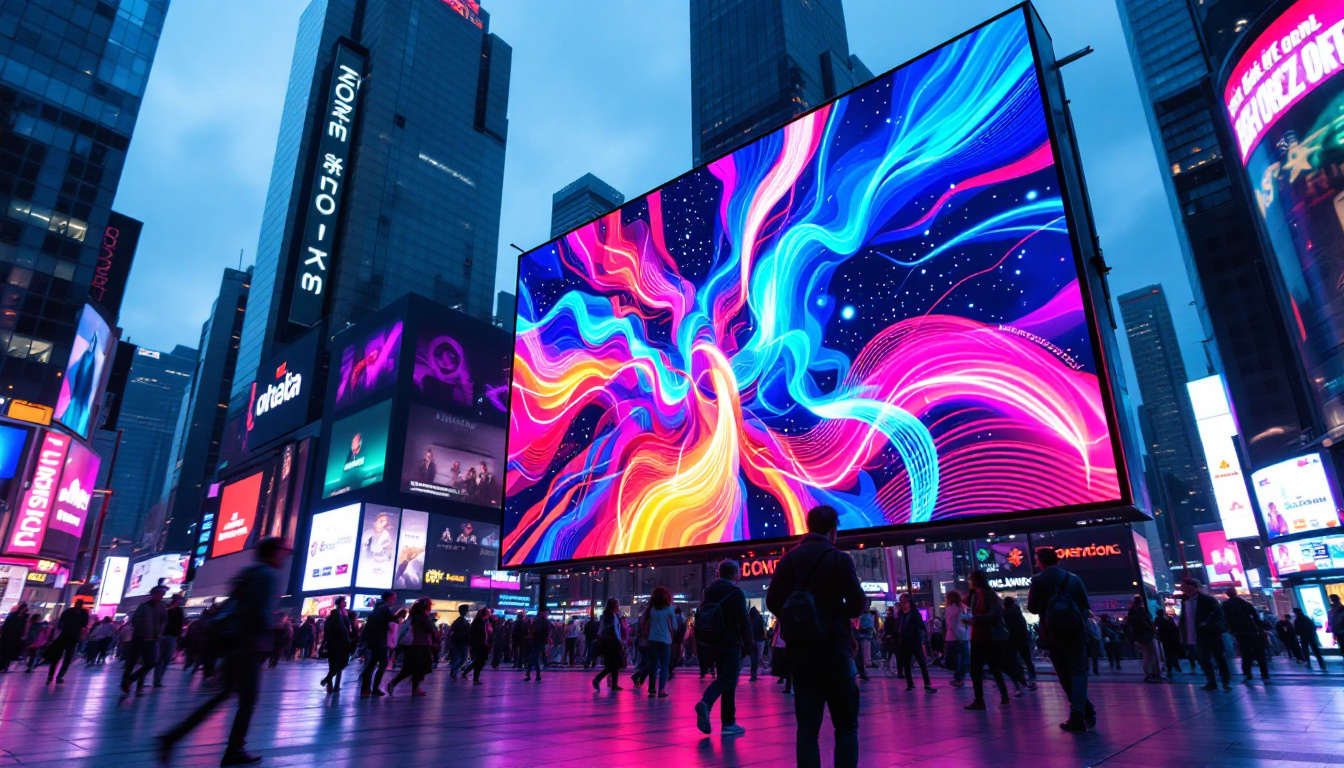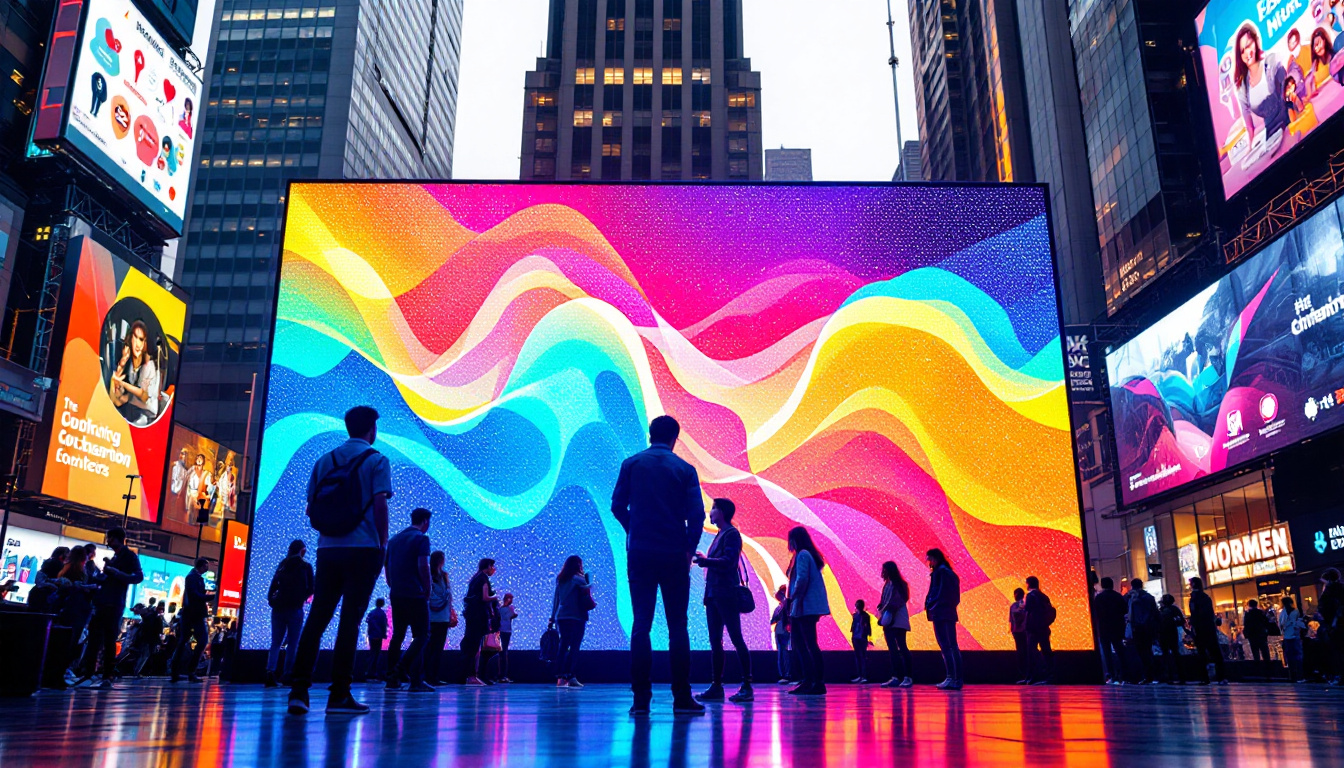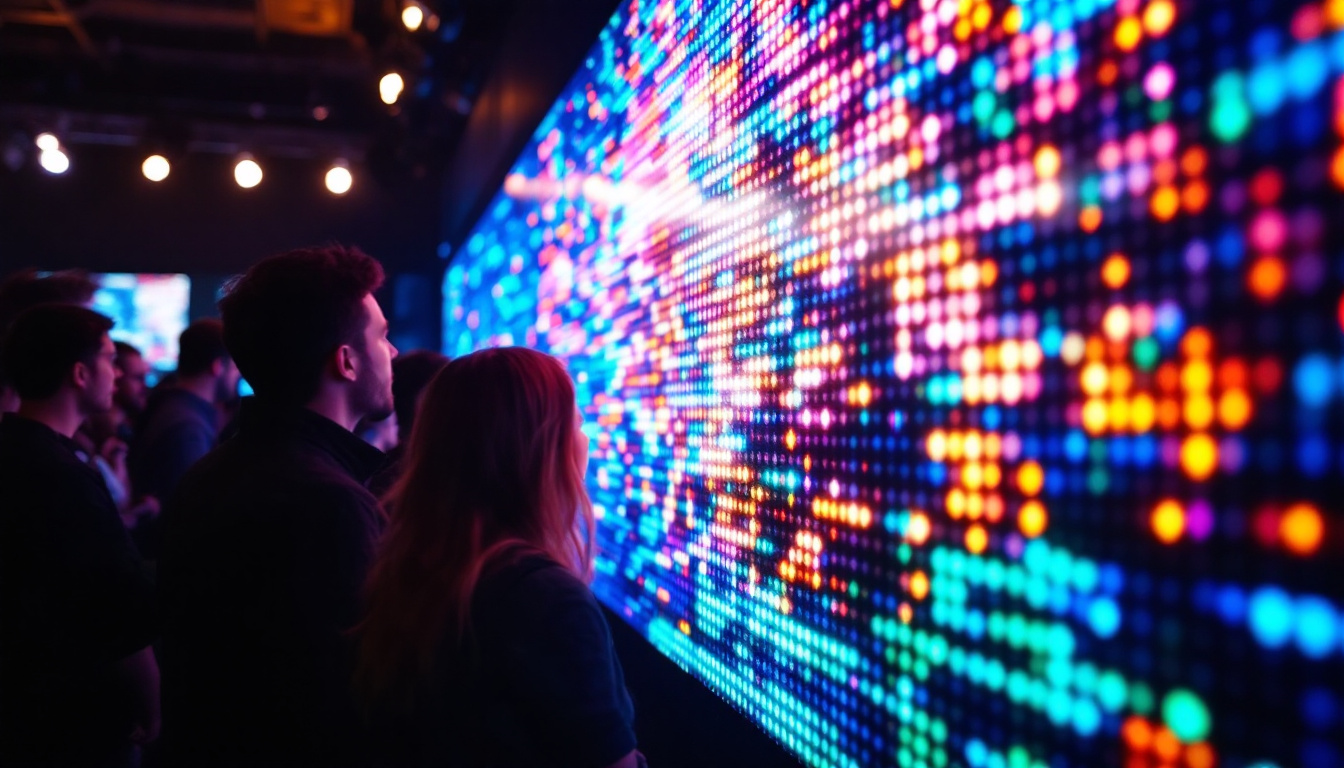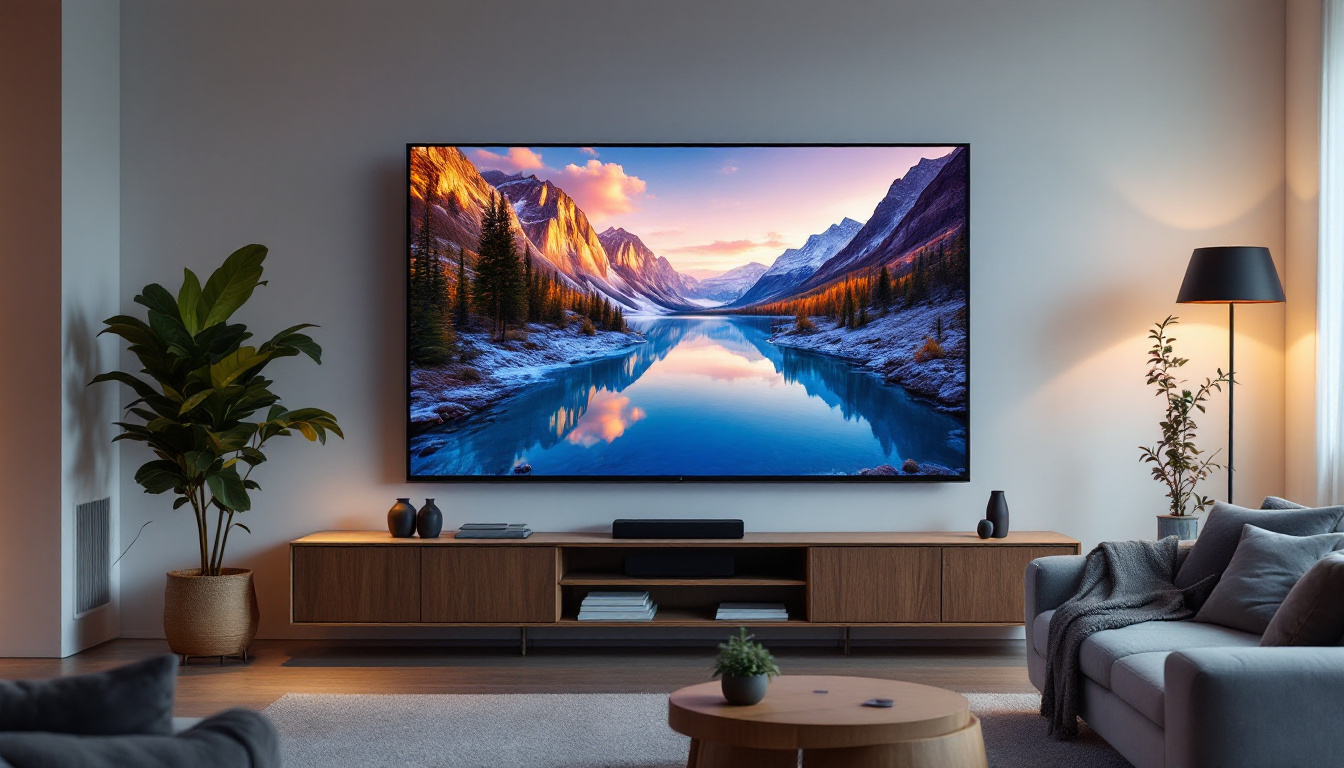In the world of digital advertising and visual displays, understanding measurements is crucial. One common conversion that often arises is from square meters to square feet, especially when dealing with LED displays. This article delves into the conversion of 105 square meters to feet and explores the implications for LED displays in various settings.
Understanding the Basics of Area Measurement
Area measurement is a fundamental concept in various fields, including architecture, engineering, and advertising. When discussing LED displays, knowing the area in which they will be installed is essential for both design and functionality. Accurate area measurement ensures that the displays are not only aesthetically pleasing but also optimally positioned for visibility and impact. For instance, in advertising, the size of the display can significantly influence consumer engagement, making it imperative to choose the right dimensions based on the available area.
Square meters (m²) and square feet (ft²) are two of the most commonly used units for measuring area. While square meters are predominantly used in countries that follow the metric system, square feet are more common in the United States and a few other regions. Understanding how to convert between these two units is vital for ensuring accurate specifications and installations. Furthermore, familiarity with these units allows professionals to communicate effectively across international borders, where different measurement systems might be in use.
Conversion Formula
The conversion from square meters to square feet can be achieved through a straightforward formula. One square meter is equivalent to approximately 10.764 square feet. Therefore, to convert 105 square meters to square feet, the calculation is as follows:
105 m² × 10.764 ft²/m² = 1,130.57 ft²
This means that an area of 105 square meters is equal to approximately 1,130.57 square feet. This conversion is crucial for determining the appropriate size and layout of LED displays in various environments. For example, in a retail setting, understanding the area can help determine how many displays can fit within a given space without overcrowding, ensuring that each display can be viewed clearly and effectively by customers.
Moreover, area measurement plays a significant role in optimizing the performance of LED displays. The distance from which viewers will be observing the display can dictate not only the size but also the resolution required for the screen. Larger areas may necessitate higher resolution displays to maintain clarity, especially in high-traffic areas where viewers are likely to be further away. Thus, accurate area measurement not only aids in installation but also enhances the overall viewing experience, making it a critical aspect of display planning.
The Importance of LED Displays
LED displays have become a staple in modern advertising and information dissemination. Their vibrant colors, high brightness, and versatility make them ideal for a wide range of applications, from billboards to indoor signage. The technology behind LED displays allows for dynamic content that can be updated in real-time, making them a powerful tool for marketers and communicators alike. This adaptability not only helps in capturing the audience’s attention but also in conveying messages with urgency and relevance.
Understanding the area of an LED display is essential for maximizing its impact. A larger display can attract more attention, while a smaller one may be more suitable for specific settings like retail environments or corporate offices. Furthermore, the pixel density of the display plays a crucial role in determining how clear and sharp the images and text appear. Higher pixel density is particularly important in settings where viewers are close to the display, ensuring that the content remains legible and visually appealing.
Applications of LED Displays
LED displays are utilized in various environments, each with unique requirements. Here are some common applications:
- Outdoor Advertising: Large LED billboards are often measured in square feet to ensure visibility from a distance. A display of 105 square meters can be an effective size for outdoor campaigns. These billboards can be programmed to display multiple advertisements in a rotating schedule, maximizing exposure and engagement with passing traffic.
- Indoor Signage: In shopping malls or airports, LED displays provide information and advertisements. The area needs to be calculated to fit the available space while ensuring readability. In addition to directional signage, these displays can be used for interactive kiosks, allowing customers to engage with content and find what they need quickly.
- Event Displays: For concerts or exhibitions, LED screens are used to enhance the experience. Knowing the area helps in planning the layout and ensuring optimal viewing angles. These displays can also be configured to create immersive environments, such as video walls that wrap around stages or booths, drawing in attendees and creating memorable experiences.
Moreover, LED technology is not just limited to traditional advertising; it has found its way into sports arenas, where large screens display live game footage, replays, and advertisements simultaneously. This dual functionality not only entertains the audience but also drives revenue through advertising partnerships. The integration of LED displays in sports venues has transformed the way fans experience games, making them feel more connected to the action.
In addition to commercial uses, LED displays are increasingly being adopted in educational settings. Schools and universities utilize these screens for announcements, educational content, and interactive learning. The ability to display high-quality visuals and videos enhances the learning experience, making complex subjects more accessible and engaging for students. As technology continues to evolve, the potential applications for LED displays are virtually limitless, paving the way for innovative solutions across various sectors.
Factors Influencing LED Display Design
When designing an LED display, several factors need to be considered beyond just the area. These include resolution, brightness, and viewing distance. Each of these elements plays a crucial role in the effectiveness of the display.
Resolution and Pixel Density
Resolution refers to the number of pixels that make up the display. Higher resolution displays have more pixels per square foot, resulting in clearer images and text. For example, a display with a pixel pitch of 10mm will have a different resolution than one with a pitch of 5mm, even if they occupy the same area.
When converting 105 square meters to square feet, it’s essential to consider the pixel density to ensure that the display meets the visual quality requirements for its intended use. A higher pixel density is particularly important for displays viewed from close distances, such as in retail environments.
Brightness Levels
Brightness is another critical factor in LED display design. Measured in nits, the brightness level determines how well the display can be seen in various lighting conditions. Outdoor displays typically require higher brightness levels to combat sunlight, while indoor displays can operate at lower levels.
For a display area of 105 square meters, the brightness requirements will vary based on the location and purpose. Ensuring that the display is bright enough to be seen clearly can significantly affect its effectiveness.
Installation Considerations for LED Displays
The installation of an LED display involves several logistical considerations. Understanding the area in square feet helps in planning the installation process, including structural support and power requirements.
Structural Support
LED displays, especially larger ones, require adequate structural support to ensure safety and stability. When converting the area from square meters to square feet, it’s vital to assess the weight and dimensions of the display to determine the necessary support structure.
For a display of 105 square meters, the installation team must evaluate the mounting options, whether it’s wall-mounted, freestanding, or suspended. Each option has different structural requirements that must be accounted for in the planning phase.
Power Requirements
Power consumption is another critical aspect to consider when installing an LED display. The larger the display, the more power it typically requires. Understanding the area in square feet helps in estimating the total power needs.
For a display covering 105 square meters, the installation team must ensure that the electrical infrastructure can support the power demands without overloading circuits. This consideration is essential for both safety and functionality.
Cost Implications of LED Displays
The cost of an LED display can vary significantly based on its size, resolution, and features. Understanding the area in square feet plays a crucial role in budgeting for an LED installation.
Budgeting for Size and Features
When budgeting for an LED display, it’s essential to consider not only the initial purchase price but also installation costs, maintenance, and operational expenses. A larger display, such as one measuring 105 square meters, will typically incur higher costs.
Additionally, features such as higher resolution and advanced technology can further increase the price. Therefore, knowing the area helps in making informed decisions about the balance between size and budget constraints.
Return on Investment (ROI)
Investing in an LED display can yield significant returns, especially in advertising and public information. A larger display can attract more viewers, leading to increased engagement and sales.
Calculating the ROI involves analyzing the costs against the expected benefits. A display of 105 square meters may offer a substantial ROI if placed in a high-traffic area, making it a worthwhile investment for businesses.
Future Trends in LED Display Technology
The LED display industry is continuously evolving, with new technologies and trends emerging regularly. Staying informed about these developments is essential for making the best choices for installations.
Advancements in Technology
Recent advancements in LED technology have led to improvements in resolution, brightness, and energy efficiency. Innovations such as microLED and OLED technology are pushing the boundaries of what is possible in display design.
These advancements can significantly impact the effectiveness of displays in various applications. For instance, microLED technology allows for smaller pixel sizes, resulting in higher resolution displays that can fit into the same area, such as 105 square meters, while delivering superior image quality.
Environmental Considerations
As sustainability becomes a priority for many businesses, the environmental impact of LED displays is gaining attention. Newer models are designed to be more energy-efficient, reducing operational costs and carbon footprints.
When considering a display of 105 square meters, selecting energy-efficient options can lead to long-term savings and a positive brand image. This consideration is increasingly important for companies looking to align with eco-friendly practices.
Conclusion
Understanding the conversion of 105 square meters to square feet is just the beginning when it comes to LED displays. The implications of size, resolution, brightness, and installation considerations all play a crucial role in the effectiveness of these displays.
As technology continues to evolve, staying informed about the latest trends and advancements is essential for businesses looking to leverage LED displays for advertising and information dissemination. By considering all these factors, companies can make informed decisions that maximize the impact of their LED displays.
Explore Cutting-Edge LED Display Solutions with LumenMatrix
Ready to elevate your space with the latest in LED display technology? Discover LumenMatrix’s innovative solutions, designed to bring your visual communications to life. Whether you’re looking for Indoor LED Walls, Outdoor Displays, or specialized options like Vehicle and Sports LED Displays, LumenMatrix has a tailored solution to meet your needs. Experience the power of enhanced brand visibility and audience engagement with our state-of-the-art displays. Check out LumenMatrix LED Display Solutions today and transform your message into a captivating visual experience.

